
Pediatric Dental Sedation & Anesthesia
Most children have no problem visiting the dentist and calmly manage minimally invasive procedures. Dr. Laura Stewart always focuses her pediatric dental care on prevention, but sometimes more invasive or complex dental procedures are required to maintain a child’s oral health. Depending on the procedure, Dr. Laura might recommend dental sedation or anesthesia to ensure your child’s comfort and safety throughout treatment.
When Is Dental Sedation Used?
Sedation isn’t a one-size-fits-all dental service. Dr. Laura will discuss options with you before your child’s upcoming appointment. Together, we’ll determine the best choice for your child and the treatment.
Sedation dentistry is often recommended if your child:
- Has extreme anxiety around receiving dental treatment
- Has a strong gag reflex
- Has more treatment needs requiring more time in the chair or multiple anticipated appointments
- Has had problems with numbing medications, have extremely sensitive teeth or low pain tolerance
- Patients that have difficulty sitting still
- Exhibits behavioral or emotional concerns, which might make dental treatment unsafe or traumatic
- Young age and requiring extensive dental treatment
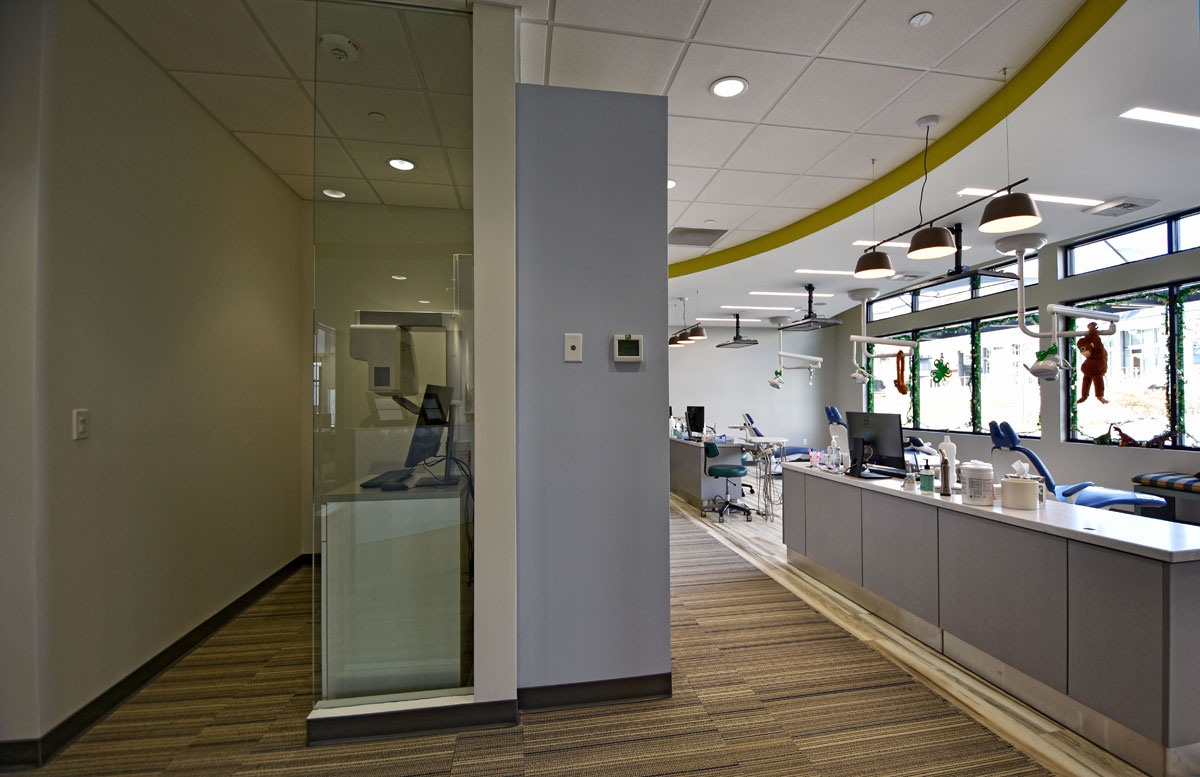
Prior to making a decision regarding your child’s upcoming procedure and dental sedation, Dr. Laura will answer all of your questions and ensure you’re well-informed regarding all of your child’s treatment options.
Types of Pediatric Sedation Used in Dentistry
Nitrous Oxide (Laughing Gas) Sedation
Laughing gas is a light sedation that can ease your child’s anxieties during an appointment. The gas is administered with a mixture of oxygen and has a calming effect that helps phobic or anxious patients relax during their dental treatment. Under light sedation, children feel calm, but are fully aware and able to communicate throughout the appointment. Nitrous oxide is a safe, effective way to ensure a positive, stress-free experience at the dentist.
Oral Conscious Sedation
Oral conscious sedation uses an oral sedative medication to help children relax and to ensure their safety during a procedure. The reaction to this sedation varies, and we never know how a child will respond. Oral sedatives are very relaxing, which means a child might fall asleep. Others remain calm, awake, and conscious throughout, but likely won’t remember everything that occurs during the appointment. Oral sedatives are administered in our office. We wait for them to take effect before beginning treatment.
General Anesthesia
If a young pre-cooperative child requires extensive and invasive work, we’ll likely recommend general anesthesia. Under anesthesia, your child will remain completely sedated throughout the procedure. A fully licensed, experienced pediatric anesthesiologist administers the medication and carefully monitors our patient.
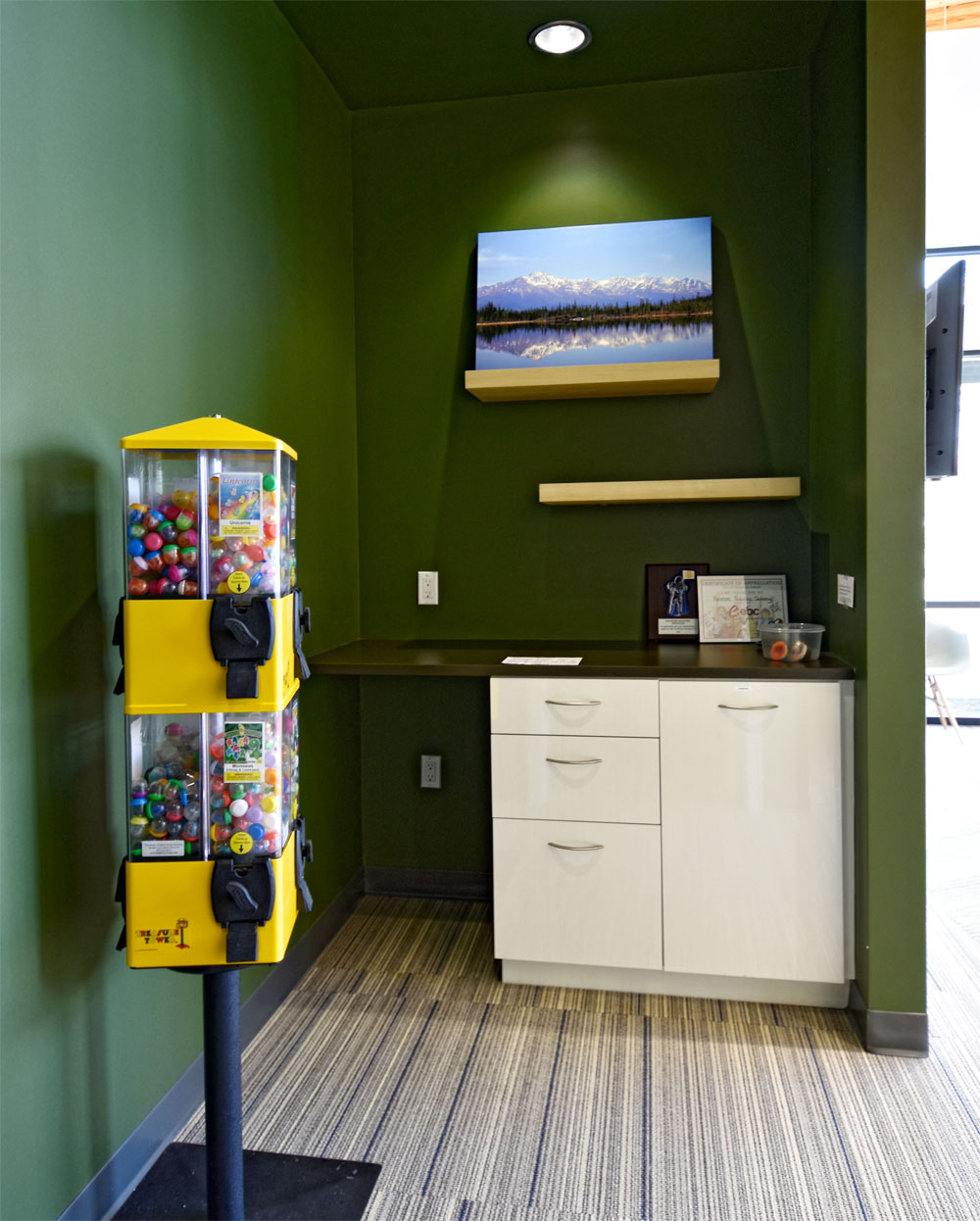
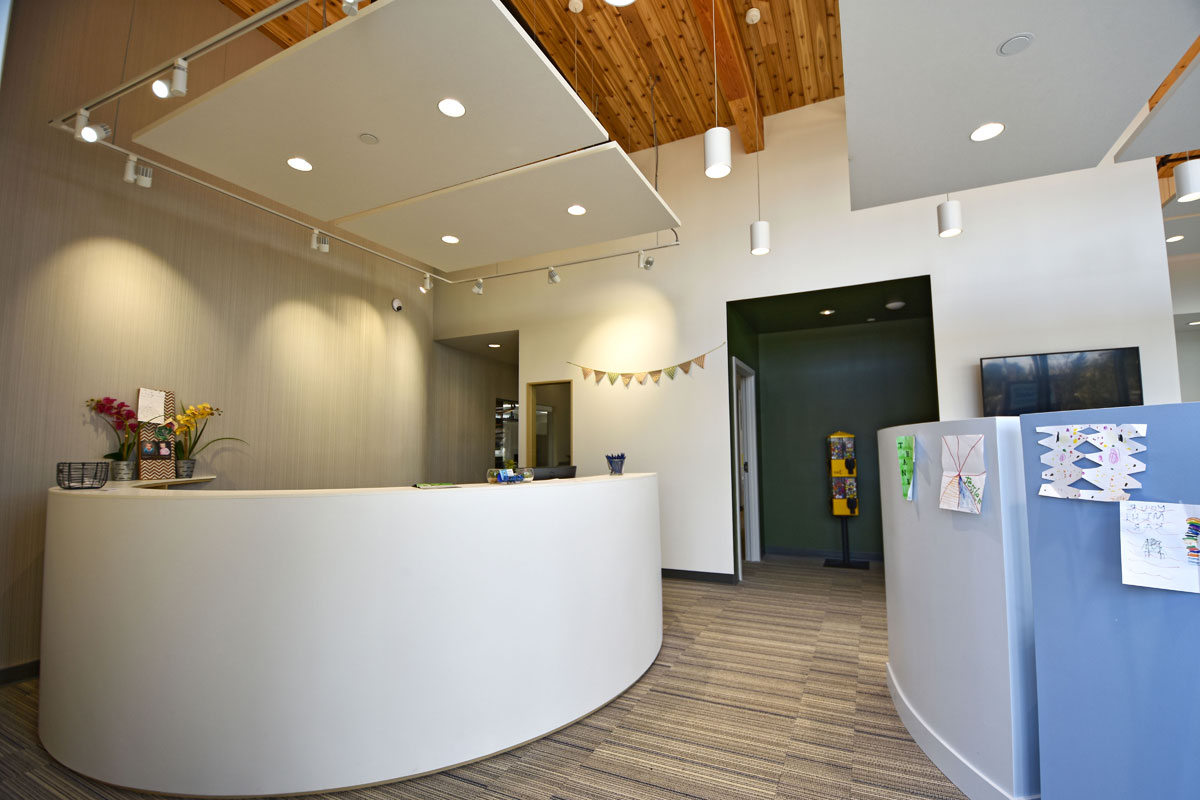
Preparing for Your Child's Appointment
Depending on the type of sedation or anesthesia recommended for your child, our office will provide you with a different set of guidelines and instructions on how to prepare for your child’s appointment.
Instructions might include a physical examination to determine proper dosing, outline eating restrictions, and provide additional guidelines to follow prior to your child’s procedure. Please inform us of any and all medical concerns, medications, or treatments before using a sedative or anesthetic. You are always welcome to contact the office with any questions or concerns.
Calm Appointments and Positive Experiences at Kenmore Pediatric Dentistry
Depending on the type of sedation or anesthesDr. Laura Stewart has extensive training and experience in the field of pediatric dentistry and pediatric dental sedation. She’ll help you determine the best treatment options to ensure your child’s wellbeing and a positive formative experience at the dentist’s office. For more information about pediatric dental sedation and anesthesia, we welcome you to contact Kenmore Pediatric Dentistry today.ia recommended for your child, our office will provide you with a different set of guidelines and instructions on how to prepare for your child’s appointment.
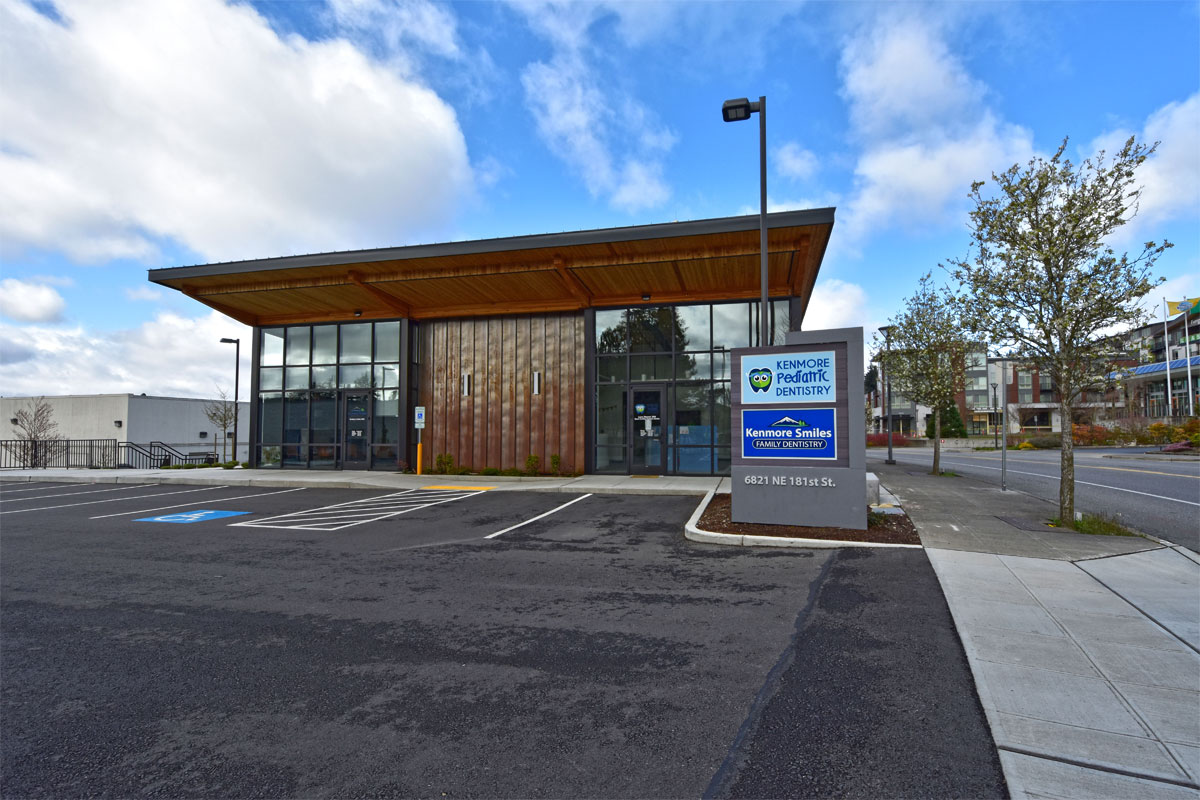



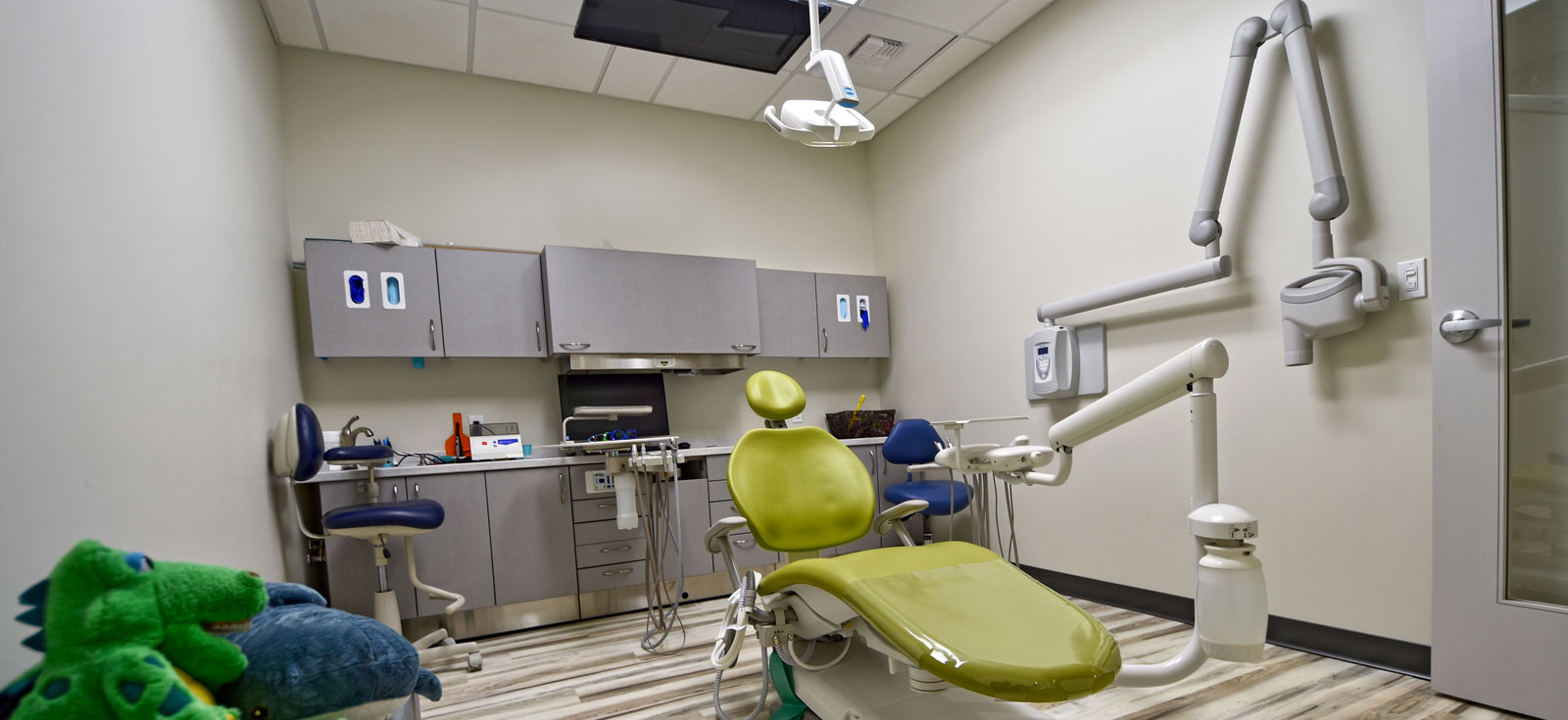





2.png)
